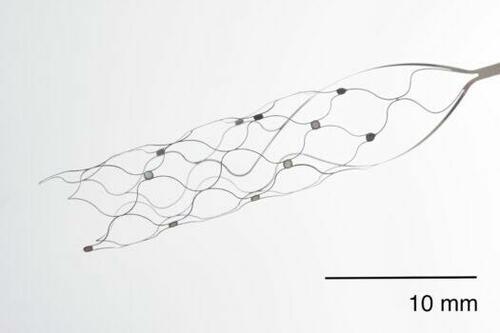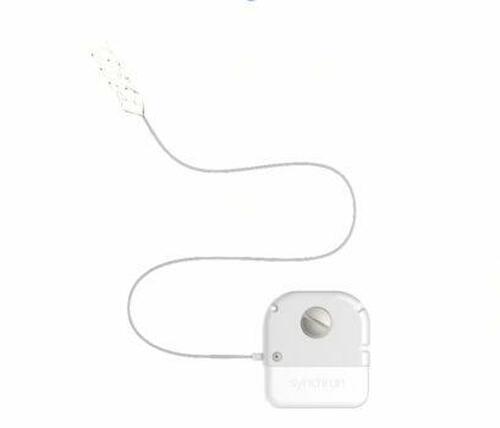Gates, Bezos Invest In Australian-Designed Brain Implant
Authored by Daniel Y. Teng via The Epoch Times (emphasis ours),
Billionaires Bill Gates and Jeff Bezos are betting on the New York-based Synchron as the answer to Elon Musk’s Neuralink.

Founded by Australian professors Tom Oxley and Nick Opie, the company on Dec. 16 announced it had closed a $110 million Series C funding round involving Bezos Expeditions, Gates Frontier, and ARCH Venture Partners.
The Synchron Switch is a “brain-computer interface” that is implanted in the blood vessels at the surface of the motor cortex of the brain via the jugular vein.
Once set, the interface will detect and wirelessly transmit information from the brain, allowing severely paralysed individuals to control personal devices without needing to use their hands.
The funds will be put towards a pivotal clinical trial.


“We have an opportunity to deliver a first-in-class commercial [brain-computer interface],” said Oxley, also the CEO of Synchron, in a statement.
“The problem of paralysis is much larger than people realize. 100 million people worldwide have upper limb impairment,” he added.
ARCH Managing Director Robert Nelson said Synchron was helping individuals with untreatable conditions “regain connection to the world.
“It is an exciting time for neurotechnology,” he said.
How Does it Compare to Musk’s Neuralink?
Clinical trials are currently underway in the United States and Australia with Opie saying the procedure was minimally invasive—a factor he believes sets it apart from Musk’s Neuralink.
“We don’t need to remove the scalp and skull or put electrodes directly into delicate brain tissue,” he said in comments obtained by AAP.
“We’ve come up with a clever way of getting to the right place in the brain just by using the body’s naturally occurring highways and blood vessels.”
He added this ensured patients recovered faster as well from the procedure.
So far, four Australian paralysis patients have received implants since undergoing the procedure at Royal Melbourne Hospital in 2020.
“All of those patients were able to control a computer with their mind,” he said. “And there were no serious device-related effects.”
The first U.S. patient was treated in July 2022 at Mount Sinai Hospital in New York after Synchron received approval from the U.S. Food and Drug Administration last year.
In contrast, Musk’s Neuralink has yet to receive approval from the body and is also facing questions over potential animal welfare violations.
Musk had wanted to start human trials in six months, yet the billionaire is also reported to have approached Synchron about a potential investment.
Opie says no deal is on the table.
Other investors include Reliance Digital Health, Greenoaks, Alumni Ventures, Moore Strategic Ventures, and Project X, as well as existing investors Khosla Ventures, NeuroTechnology Investors, METIS, Forepont Capital Partners, ID8 Investments, and Shanda Group.
AAP contributed to this article.
https://ift.tt/1QCBNS0
from ZeroHedge News https://ift.tt/1QCBNS0
via IFTTT




0 comments
Post a Comment